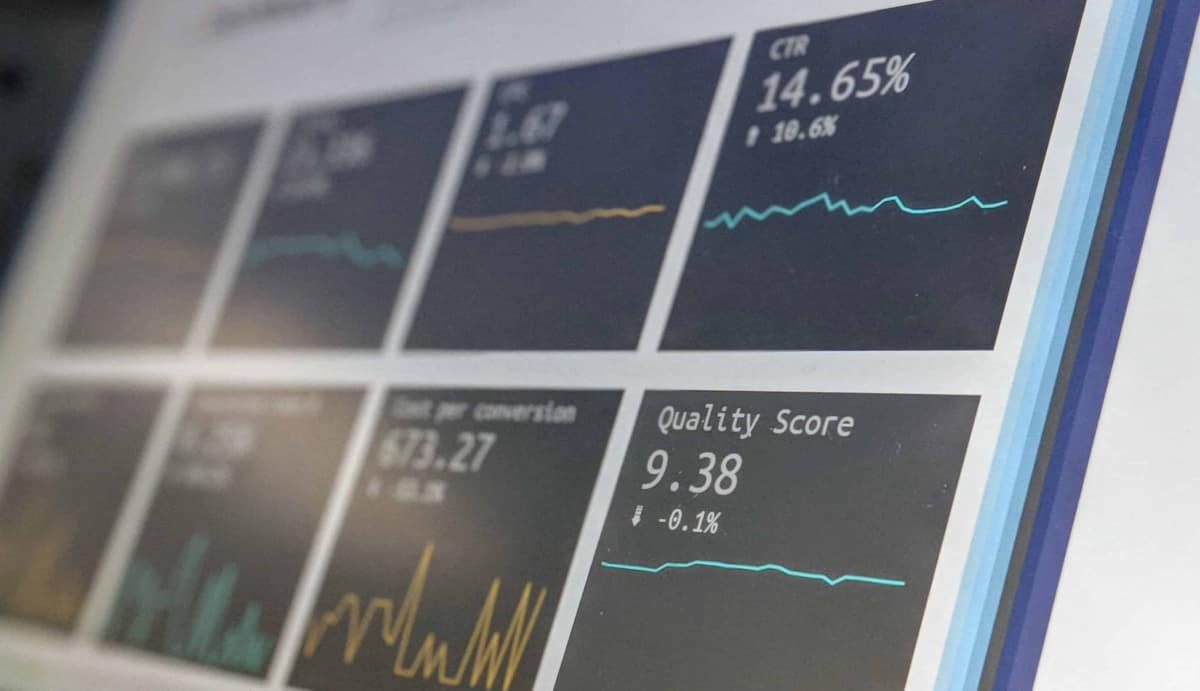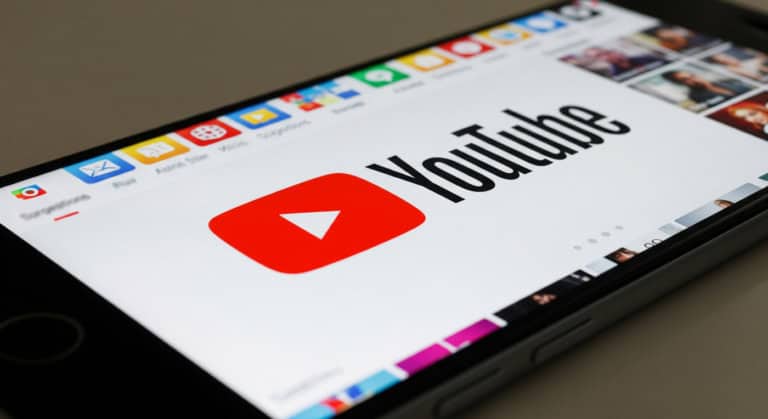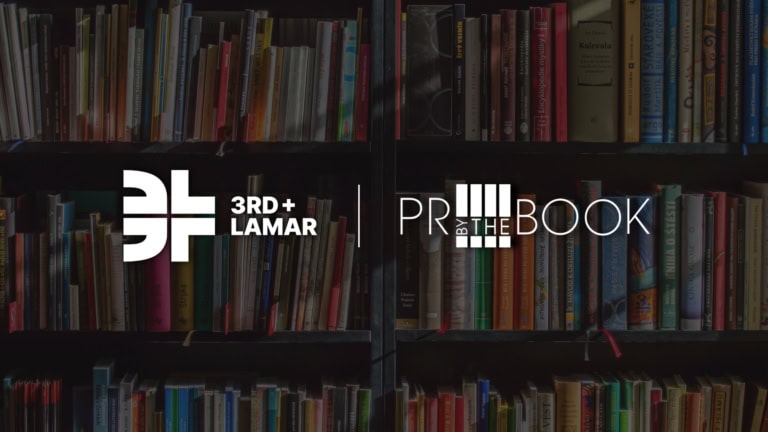
Before judging the performance of any paid social campaign and drawing conclusions, it’s critical to understand what stage of the campaign you’re in.
Has the campaign reached the point of diminishing returns? Has the campaign reached its maximum ad delivery? Or is the campaign still in the learning phase?
In this article, we’ll discuss the learning phase. This is the period of time after launching a campaign when the ad platform is evaluating your ads’ value to the users in your designated audience, as well as the value of the users in the audience to you, i.e. the advertiser.
During this explorative process, the algorithm is searching for signals that pertain to your campaign objective. Based on the users who complete the campaign’s objective, the system learns who is most likely to follow suit among the other users in your audience and increases ad delivery to them.
The Challenge Of The Learning Phase
Everyone wants instant gratification. In a perfect world, you’d launch a campaign and learn immediately if the campaign is going to work. Then, you’d iterate quickly based on the data.
In reality, paid social platforms reward patience. Often, it takes time to draw strong, statistically significant conclusions, and making changes too frequently can backfire if you repeatedly reset the learning phase.
During the learning phase, you can expect:
- Low ad delivery: You may not reach your daily budget as the system spends in moderation to determine the right audience to reach.
- Volatile results: Conversions may come in fits and starts as the system gathers data to optimize against.
- Inefficient performance: Your CAC may be far outside of your target range early on.
- False positives: You may see that one ad performs best during the learning phase but performs worse later on. You should not draw conclusions from insufficient data.
- Data lags: Particularly on SKAd campaigns, there can be delays of 24-48 hours on conversion data. Also, depending on your objective, there could be a consideration lag that slows down your feedback loop, especially in the beginning stages.
Advice To Accelerate The Learning Phase
We’ve collected and distilled the biggest lessons into these recommendations on how best to approach the learning phase.
Don’t Overreact Early
It may be tempting to throw in the towel after seeing poor results initially after launching a campaign. Or you may be tempted to anoint a winning ad early on. But keep in mind, ad platforms like Meta and TikTok claim that it takes 50+ conversions to exit the learning phase. So avoid knee-jerk reactions until you hit that threshold. After the learning phase, Meta recommends letting a campaign run seven days for optimal results. Any changes you make within that period could be premature.
Go Broad
In general, the more narrow your audience, the longer your campaign will remain in the learning phase. There are fewer users for the algorithm to select from in its ad delivery. By casting a wide net in your ad targeting, you open the aperture, so to speak. A smaller custom audience often performs worse than a larger lookalike that uses that custom audience as the seed audience. One strategy for broader targeting is to consolidate similar audiences into a single ad set rather than separating them.
Understand Tradeoffs
The downside of combining different audiences into a single ad set is that you won’t be able to separate performance by audience. That is, you won’t know which audience is generating the lion’s share of the conversions. For some people, the ability to isolate performance by audience is more valuable than any incremental improvements they gain from consolidating audiences into a single ad set. Either way, be intentional about your decision.
Spend Big (At First)
To minimize the learning phase, front load your budget to accelerate conversions. Once there’s enough data to exit the learning phase, decrease ad spend to stay within your budget. When your budget is too small, your campaign may languish in the learning phase. On Facebook, you’ll see a “Learning Limited” tag on your campaign, meaning you don’t have 50 conversions in a seven-day period. But be careful not to spend more than 20% of your budget in the learning phase.
Combine Your Optimizations
If you know each month for the sake of campaign hygiene that you will refresh your ad creative and update your audiences, then schedule these housekeeping items in unison. Otherwise, if you stagger these changes, you risk prolonging the time that your campaigns spend in the learning phase. Sometimes, it’s unavoidable, but to the extent possible, don’t make ad-hoc changes and optimizations. Do them together.
Need help optimizing your paid social or paid search campaigns? Reach out to us at [email protected].



